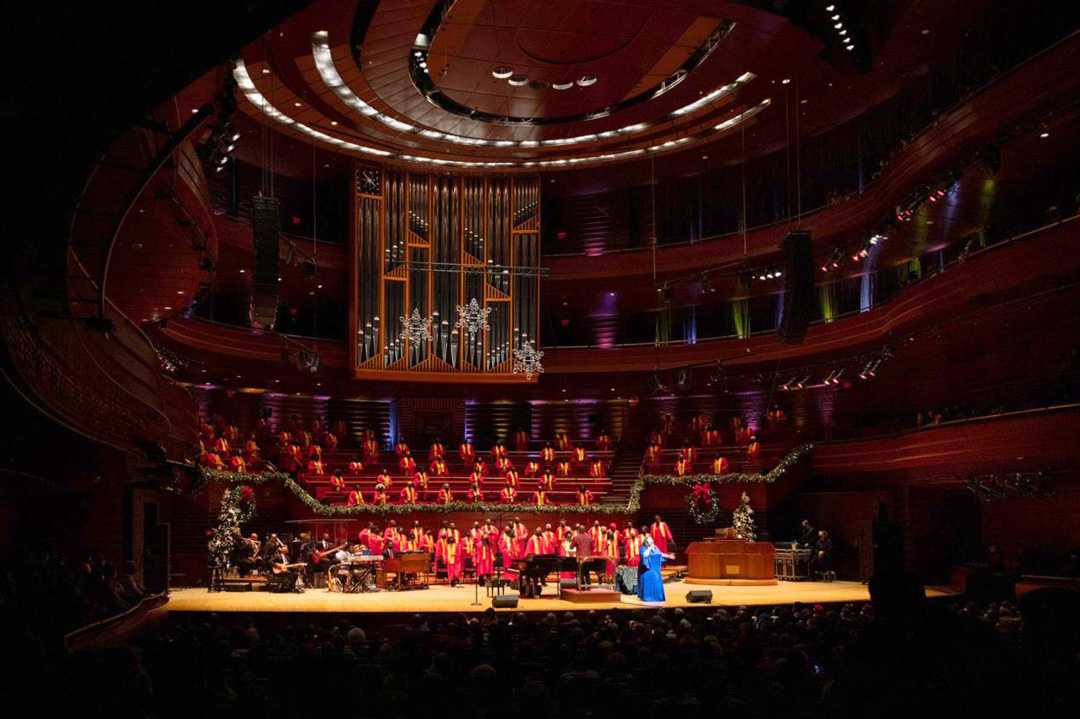Philadelphia Kimmel Centre opens with DiGiCo
- Details

Eventually, the Kimmel Cenre for the Performing Arts opened in December of 2001. Its vaulted glass ceiling encloses the entire structure, providing a large common lobby for all the facilities, including the centrepiece of the venue, the 2,500-seat Verizon Hall.
To coincide, a new and comprehensive DiGiCo digital-audio ecosystem for Verizon Hall comprising a Quantum338 console, two SD-Racks, and a 4REA4 Processor with multiple controllers was installed. These were sold by Horsham, Pennsylvania-based Bauder Audio, which also consulted with the Kimmel Cultural Campus technical team during their own in-house installation of the gear.
André Barette, Kimmel Cultural Campus director of production, says the decision process behind the choice of DiGiCo components was lengthy and comprehensive. “We have a lot of choices when it comes to quality audio systems on the market now, but we felt that the DiGiCo Quantum console was the one that best meets the needs of the Centre’s various clients, including Kimmel Center Presents engagements and different touring productions,
“And it’s also one that touring engineers are very familiar with and often specify in touring contracts. It’s a very rider-friendly console.”
While the Quantum338 console and SD-Racks address the Centre’s immediate audio production needs, the 4REA4 processor is an even more strategic acquisition, he says. It’s currently being used as a backup processor for the Verizon Hall sound system, routing paging and programme audio to various zones in the venue’s back-of-house areas.
In the future, he expects its capabilities to be extended to the Centre’s other performance spaces, including the 650-seat Perelman Theatre and its 75ft-diameter turntable stage that permits the space to be used as a recital hall or a proscenium theatre, and the SEI Innovation Studio, a 2,688sq.ft black-box theatre. “The 4REA4 is a very powerful and versatile processor, and we foresee it becoming an important part of our digital audio infrastructure in the future,” he says.
A pair of DiGiCo A168 stage boxes, one on the stage in the Verizon Hall and the other in the venue’s equipment room, connect with the 4REA4 processor, extending its reach from the main hall into other areas of the facility, such as the lobby, and replacing a number of older rack-mount mixers and processors.
This combination of the 4REA4 and stage boxes is controlled using DiGiCo’s AControl6 and AControl8 multi-layer programmable remote controllers.
Operationally, the new DiGiCo ecosystem at the Kimmel Centre has made things even easier for Kenny Nash, the Center’s Senior Audio Engineer. “I’ve been working on DiGiCo consoles as a touring engineer for years, from the D5 to the SD5 and the SD7, so I’m familiar with their worksurface and software. I was always able to make whatever I needed happen on them, but the Quantum really takes it to a whole new level for me,” he says.
“We’re getting ready to do our A Soulful Christmas show, and I can route any channel to front of house, to a record feed, or to any of the streaming we do, without having to manually set up multiple paths of dedicated channels,” he explains. “It so much more efficient.”
















